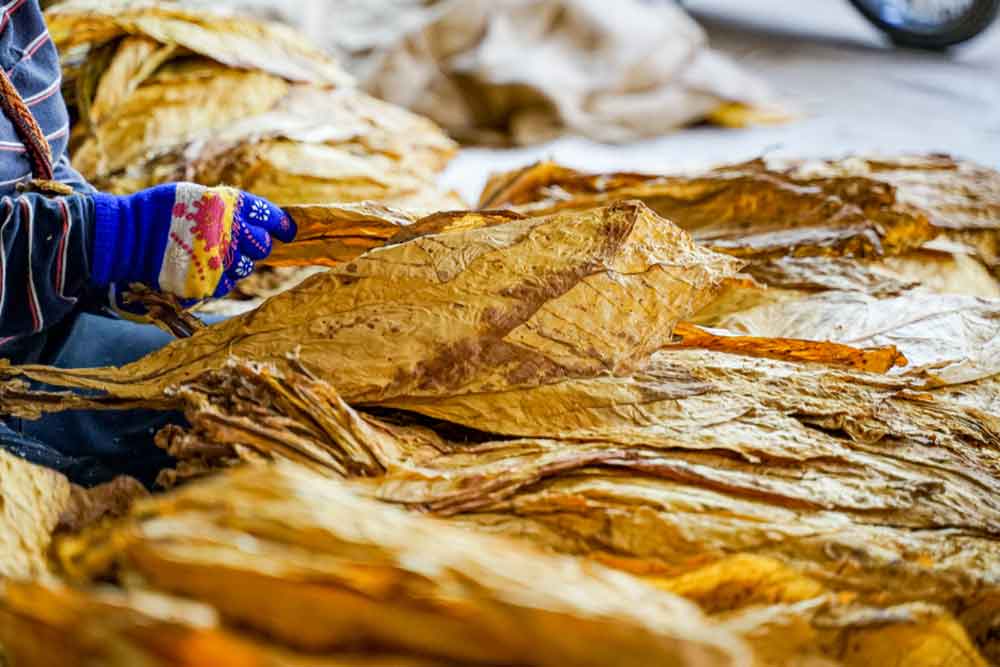Tobacco grading
Tobacco grading is defined as assigning symbols, letters, or numbers to tobacco as an indicator of its quality and various factors are taken into consideration such as plant position, colour, texture, elasticity, and leaf size.
Tobacco grading can be divided into three types i.e. farm grading, grading by regulatory board classifiers and merchant grading.
Farm grading
Farm grading is grading which is done at the farm by farmers. Tobacco leaves from slate packs after reconditioned are grouped into uniform groups according to plant position, quality, colour, style or extra factor.
These tobacco leaves are then tied into a bundle or hand which are then baled into a cube of weight not exceeding 120kg. Farm grading is critical in that good grading help in good presentation of tobacco to the buyers. Poor grading where there will be mixing of different grades results in poor prices or tobacco being rejected.
Tobacco grading by TIMB
Grading by TIMB classifiers (regulatory board) is done before the tobacco is sold and it helps ensuring prices can be compared from across floors, dates and internationally.
It also helps in price arbitration by TIMB in case of unfair pricing by merchants to the farmers. This grading help to an extend in determining the price a buyer will be willing to pay for the tobacco especially under contract buying system.
Tobacco merchants grading
Tobacco merchants also have their own grades that they use internally. These grades are mainly for commercial purposes especially for pricing and blending.








0 Comments